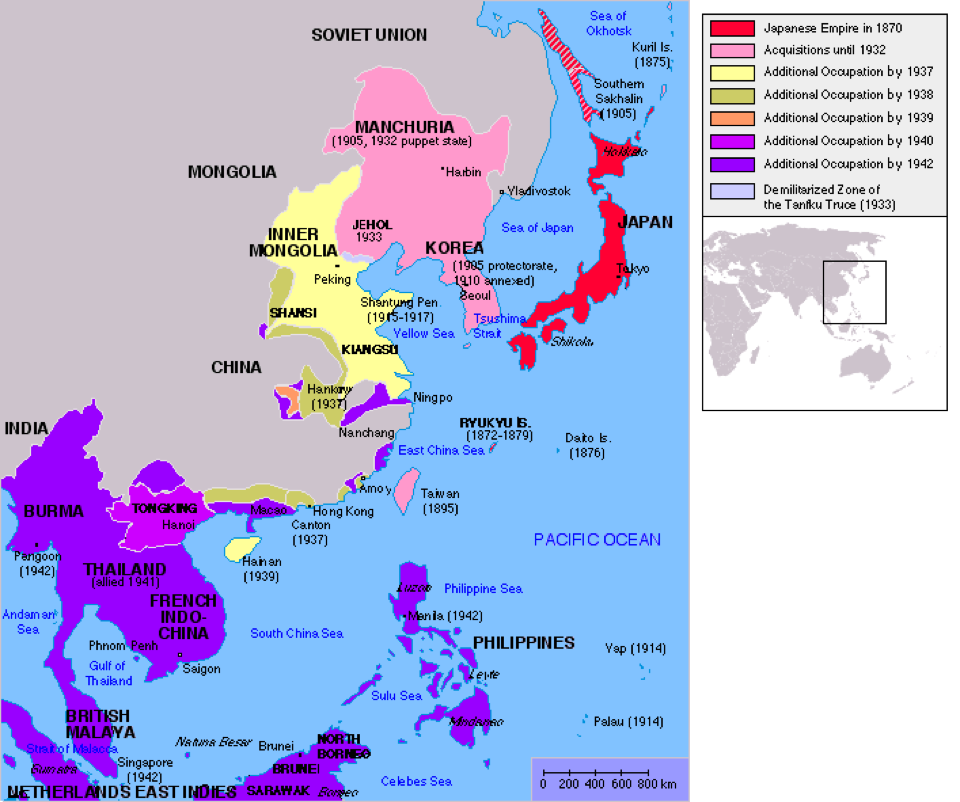Japan's Colonial Empire
10/12/17 05:16 PM
My comments on your assignments
10/05/17 09:06 AM
Canvas, as we know, has problems. It makes it far too difficult to see my comments on your weekly short assignments. Most of the time, it seems like if you click “View Feedback” you’ll see my comments. If that doesn’t work, please email me and I’ll send you my original file with comments.
Weekly Extra Credit Opportunities
10/05/17 09:04 AM
Almost every week in the semester, our wonderful Center for Japanese Studies has lectures on Thursdays at 11:30am. I am happy to give extra credit to any student who attends one of these talks and writes a reflection about it.
See the CJS schedule here.
See the CJS schedule here.
Helen's Reflection on Starfire
09/29/17 04:16 AM
Helen sends in this fantastic reflection on the character Starfire, who she mentioned in our class discussion:
Starfire’s debut in the 1980’s issue Titans revealed one of the comic book industry’s most scantily clad comic book heroines of all time. A humanoid female alien from distant planet Tamaran, Starfire was immediately portrayed as a naïve alien, clueless about Earth’s traditions and human ways. It was this ‘innocent’ personality coupled with her succession of cringe-worthy costumes that made the intentions of the artists painfully clear: treat her as eye-candy first, heroine second.
While there are those who argue that her costumes express her sexuality, and therefore empower her as a strong female representative, the unfortunate truth is that she was created to appeal to the almost all heterosexual male audience of comic readers, and provide them with enough sexual satisfaction for them to permit a woman ‘being on the team’. Additionally, due to the sheer exaggeration of her physique, her severely limited understanding of essential aspects of life, and her overt lascivious qualities, women were not able to, nor were they intended to find empowering representation through her.
Her costumes, beginning with her 1980s debut uniform, have gotten increasingly more ‘sexualized’ as the comics have progressed. In the New 52, her costume is so extreme, she is literally wearing pasties.
In order, the images reveal her costumes as:
1. 1980’s Titans debut

2. 1990’s costume

3. 2011’s New 52 hero costume

4. 2011’s New 52 vacation special

In 2016, production for a live action Titans series began, and last month it was released that Senegali-American actress Anna Diop would be portraying Starfire. Almost immediately, Titans fans were voicing their vehement disapproval that the role of such a ‘sexy’ figure could be given to an African woman. One protestor wrote on an online post that “the role should have been given to a Latina” or at least, “someone lighter (complexioned) who could pass for orange”. Many fans shared these sentiments, ignoring the fact that Starfire herself was an alien, whose features (orange skin, extreme height, long red hair made of fire, etc) cannot all be pinned to any human, regardless of race.


Anna Diop
Starfire’s debut in the 1980’s issue Titans revealed one of the comic book industry’s most scantily clad comic book heroines of all time. A humanoid female alien from distant planet Tamaran, Starfire was immediately portrayed as a naïve alien, clueless about Earth’s traditions and human ways. It was this ‘innocent’ personality coupled with her succession of cringe-worthy costumes that made the intentions of the artists painfully clear: treat her as eye-candy first, heroine second.
While there are those who argue that her costumes express her sexuality, and therefore empower her as a strong female representative, the unfortunate truth is that she was created to appeal to the almost all heterosexual male audience of comic readers, and provide them with enough sexual satisfaction for them to permit a woman ‘being on the team’. Additionally, due to the sheer exaggeration of her physique, her severely limited understanding of essential aspects of life, and her overt lascivious qualities, women were not able to, nor were they intended to find empowering representation through her.
Her costumes, beginning with her 1980s debut uniform, have gotten increasingly more ‘sexualized’ as the comics have progressed. In the New 52, her costume is so extreme, she is literally wearing pasties.
In order, the images reveal her costumes as:
1. 1980’s Titans debut

2. 1990’s costume

3. 2011’s New 52 hero costume

4. 2011’s New 52 vacation special

In 2016, production for a live action Titans series began, and last month it was released that Senegali-American actress Anna Diop would be portraying Starfire. Almost immediately, Titans fans were voicing their vehement disapproval that the role of such a ‘sexy’ figure could be given to an African woman. One protestor wrote on an online post that “the role should have been given to a Latina” or at least, “someone lighter (complexioned) who could pass for orange”. Many fans shared these sentiments, ignoring the fact that Starfire herself was an alien, whose features (orange skin, extreme height, long red hair made of fire, etc) cannot all be pinned to any human, regardless of race.


Anna Diop
Who is a Scientist?
09/20/17 02:16 PM
This is the example I brought up in class today, starting right around minute 30.
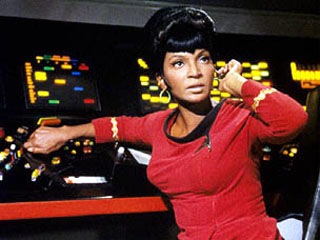

Extra Credit #4 - Hiroshima, Fukushima, and Beyond
09/20/17 07:37 AM
Hiroshi Yoshioka: Hiroshima, Fukushima, and Beyond
Visiting Kyoto University Professor Hiroshi Yoshioka presents a talk on images and narratives related to nuclear power, radiation, explosion, and nuclear disasters in the context of postwar Japan: 5pm Friday, September 22, at Hatcher Library Gallery.
Organized by the Stamps School of Art & Design at the University of Michigan in collaboration with the Center for Japanese Studies, this talk focuses on several different images and narratives related to nuclear power, radiation, explosion, and nuclear disasters in the context of postwar Japan. They include visions inspired by atomic bombings in Hiroshima and Nagasaki in 1945, the diffusion of a legend hiding a possible atomic bombing, and images representing both hopes and fears about nuclear experiments and construction of nuclear power plants during the period of postwar economic growth after the 1950s. Today we find various images and narratives related to the Fukushima nuclear crisis caused by the earthquake and tsunami in 2011. Many people in Japan in the 1950s who longed for industrial development were convinced that nuclear power would be okay because it would be used for peaceful purposes and because experts assured it was technically safe, although they were still obsessed by nightmarish memories of the nuclear attacks exerted on the nation only a decade before. Their mind was, in a way, split into two totally different perceptions of nuclear power: a kind of psychological “border” was set in people’s mind, a border dividing a “good” nuclear energy from a “bad” one. In the realm of imagination, however, this border is sometimes transgressed in unexpected ways, and we find such transgressions in images in popular culture as well as in works of art, including most recently in the animated film, In This Corner of the World.
Hiroshi Yoshioka is professor at Kokoro Research Center, Kyoto University. He is a researcher of aesthetics and art theory, freelance curator, editor, and artist. He has taught at IAMAS (Institute of Advanced Media Arts and Sciences), and other universities. He is the author of many books such as Shiso no genzaikei: Fukuzatsukeu, dennokukan, afodansu (The Present Tense of Thought: Complex Systems, Cyberspace, and Affordance Theory), Kodansha, 1997; Joho to seimei: No, kompyuta, uchu (Information and Life: The Brain, Computers and the Universe) with Hisashi Muroi, Shin’yosha, 1993; and many essays and articles on philosophy, art, and media culture. He was the general director of Kyoto Biennale 2003 and Gifu-Ogaki Biennale of New Media Arts 2006. He was the editor of Diatxt (the critical quarterly of the Kyoto Art Center) and other publications such as Yorobon, which focuses on culture of the city of Yamaguchi, and Parajin, the publication project of PARASOPHIA Kyoto International Festival of Contemporary Culture 2015. He was the chair of ICOMAG (International Conference of Manga, Animation, Games and Media Arts) organized by the Agency of Cultural Affairs, 2011-13. He has been a member of the multimedia installation project BEACON since 1999. He is the president of the Japanese Society of Aesthetics.
Hiroshima, Fukushima, and Beyond: Borders and Transgressions in Nuclear Imagination
A talk by Hiroshi Yoshioka, Professor, Kokoro Research Center Graduate School of Art and Letters, Kyoto University
Friday, September 22, 2017 at 5 pm
Hatcher Library Gallery
Harlan Hatcher Graduate Library
913 S University Ave, Ann Arbor, MI 48109
Extra Credit #3 Visual Narrative of Japan and Self
09/18/17 03:00 PM
Most weeks, there is a lecture on Thursday at 11:30 at the Center for Japanese Studies. I am always happy to give Extra Credit to any student who attends and writes a reflection as described here.
This week -
CJS Thursday Lecture Series | Visual Narrative of Japan and Self
Steven Geofrey Braun, Data Analytics/Visualization Specialist, Northeastern University Libraries
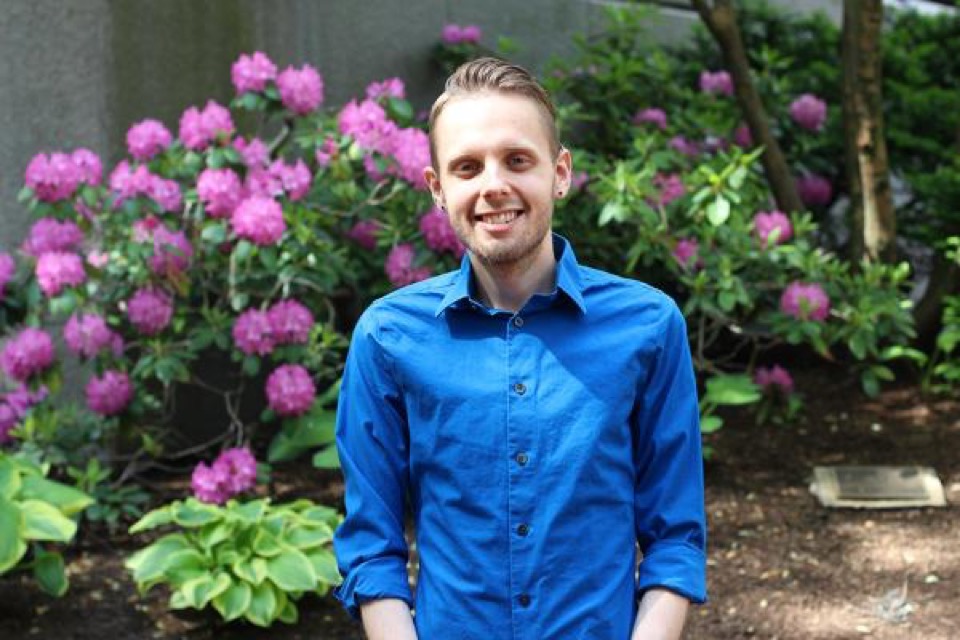
Thursday, September 21, 2017
11:30 AM-1:00 PM
Room 110 Weiser Hall Map
Information visualization is a powerfully compelling medium for working with digital scholarship. Through visualization, we build narratives that enable us to reframe the world and our experience of it in carefully crafted slices of space and time. But as both practitioners and consumers of visualization, we sometimes forget that visualization can tell us more about ourselves than it can about the world alone. In this talk, by way of examples of recent personal works in visualization, I reclaim an understanding of information visualization as a medium for constructing narratives about self, other, and the space between them.
Steven Braun is the Data Analytics and Visualization Specialist in the Northeastern University Libraries. He earned his M.S. in molecular biophysics from Yale University and his B.A. in Asian studies and chemistry from St. Olaf College. He has lived in Kyoto, Japan as a Fulbright Fellow.
List of Steven's digital humanities works: http://www.stevengbraun.com/index.php?p=portfolio&type=dataviz
This week -
CJS Thursday Lecture Series | Visual Narrative of Japan and Self
Steven Geofrey Braun, Data Analytics/Visualization Specialist, Northeastern University Libraries

Thursday, September 21, 2017
11:30 AM-1:00 PM
Room 110 Weiser Hall Map
Information visualization is a powerfully compelling medium for working with digital scholarship. Through visualization, we build narratives that enable us to reframe the world and our experience of it in carefully crafted slices of space and time. But as both practitioners and consumers of visualization, we sometimes forget that visualization can tell us more about ourselves than it can about the world alone. In this talk, by way of examples of recent personal works in visualization, I reclaim an understanding of information visualization as a medium for constructing narratives about self, other, and the space between them.
Steven Braun is the Data Analytics and Visualization Specialist in the Northeastern University Libraries. He earned his M.S. in molecular biophysics from Yale University and his B.A. in Asian studies and chemistry from St. Olaf College. He has lived in Kyoto, Japan as a Fulbright Fellow.
List of Steven's digital humanities works: http://www.stevengbraun.com/index.php?p=portfolio&type=dataviz
Extra Credit Opportunity #2 - Building Community
09/11/17 11:23 AM
Later in September, CJS will host a lot of great events about partnerships between Detroit and northeastern Japan. I’m happy to give extra credit to any students who attends all or part of these events and writes about it.

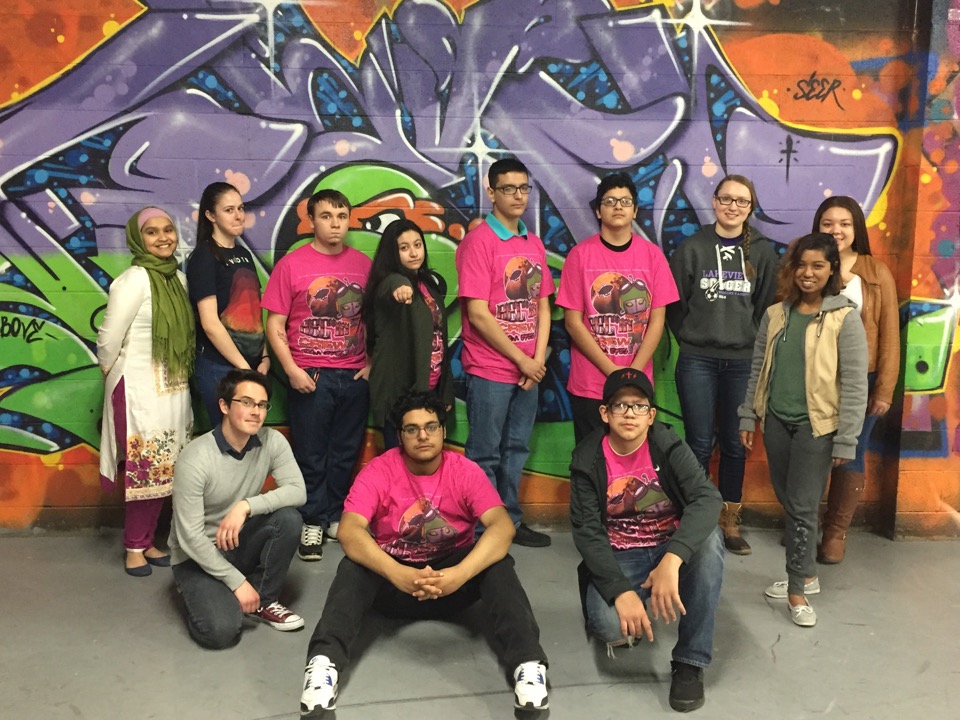
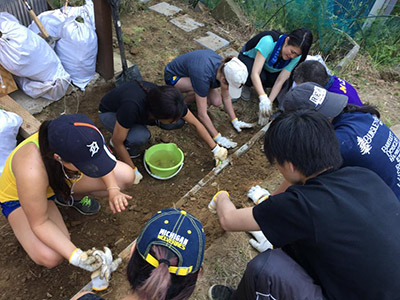

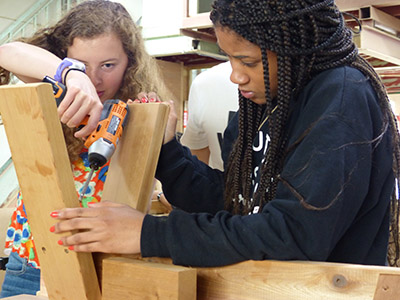

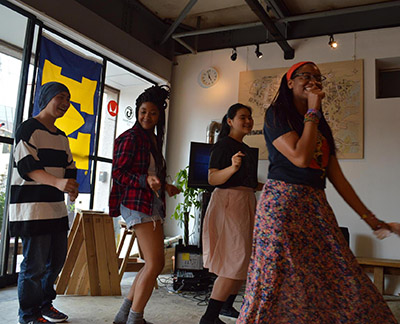









More on the Katy Perry "outfit"
09/08/17 09:50 AM
Katy Perry's 'Geisha-Style' Performance Needs to Be Called Out
Her costume at the American Music Awards, and the reactions to it, show why conversations about cultural appropriation are still so important.
NOLAN FEENEY NOV 25, 2013
....
Because stereotypes remain harmful. Almost a decade ago, Gwen Stefani, inspired by the street fashions of Japanese youth, introduced the Harajuku Girls, a foursome of backup dancers who doted on her from behind, never spoke in public, and whose names were taken directly from Stefani’s clothing line. Comedian Margaret Cho, in a 2005 blog post that’s still depressingly relevant, likened them to a “minstrel show”—the same wording New York’s Jody Rosen used to describe Miley Cyrus’s VMAs performance earlier this year.
“A Japanese schoolgirl uniform is kind of like blackface, I am just in acceptance over it, because something is better than nothing,” Cho wrote. “I am so sick of not existing, that I would settle for following any white person around with an umbrella just so I could say I was there.” At Salon earlier that year, Mihi Ahn wrote that “[Stefani] swallowed the subversive youth culture in Japan and barfed up another image of submissive giggling Asian women.”
[Full story here.]
Her costume at the American Music Awards, and the reactions to it, show why conversations about cultural appropriation are still so important.
NOLAN FEENEY NOV 25, 2013
....
Because stereotypes remain harmful. Almost a decade ago, Gwen Stefani, inspired by the street fashions of Japanese youth, introduced the Harajuku Girls, a foursome of backup dancers who doted on her from behind, never spoke in public, and whose names were taken directly from Stefani’s clothing line. Comedian Margaret Cho, in a 2005 blog post that’s still depressingly relevant, likened them to a “minstrel show”—the same wording New York’s Jody Rosen used to describe Miley Cyrus’s VMAs performance earlier this year.
“A Japanese schoolgirl uniform is kind of like blackface, I am just in acceptance over it, because something is better than nothing,” Cho wrote. “I am so sick of not existing, that I would settle for following any white person around with an umbrella just so I could say I was there.” At Salon earlier that year, Mihi Ahn wrote that “[Stefani] swallowed the subversive youth culture in Japan and barfed up another image of submissive giggling Asian women.”
[Full story here.]
Extra Credit Opportunity #1
09/06/17 03:31 PM
Please read the assignment describing how to get extra credit, which I’m happy to offer for this presentation:
Cyborg Able-ism: Critical Insights From the Not So ‘Uncanny Valley’ of Japan
Jennifer Robertson
Professor of Anthropology & History of Art, University of Michigan
Thursday, September 14, 2017
11:30am-1pm
Room 110 Weiser Hall

I explore and interrogate the development and application in Japan--with cross-cultural comparisons--of robotic prosthetic devices that effectively transform disabled persons into cyborgs. Included here is a critical reassessment of the so-called theory of the “uncanny valley.” My paper focuses on both the anthropological and the phenomenological dimensions of what I call “cyborg-ableism.” In Japan and elsewhere, wearable robotic devices proceed from and depend on a corporeal aesthetics of cyborg-ableism. I examine the types of human bodies that are privileged in the discourse of machine-enhanced mobility, and also analyze the modes of sociality that robotic devices and prosthetics are imagined to recuperate.
Jennifer Robertson is Professor of Anthropology and the History of Art at the University of Michigan, Ann Arbor. She is also on the faculty of the Stamps School of Art and Design and the Robotics Institute, and a faculty associate in the Science, Society and Technology Program, among others. Robertson earned her PhD in Anthropology from Cornell University in 1985, where she also earned a B.A. in the History of Art in 1975. The author of seven books and eighty articles, her new book, Robo sapiens japanicus: Robots, Gender, Family, and the Japanese Nation, is forthcoming from the University of California Press.
Cyborg Able-ism: Critical Insights From the Not So ‘Uncanny Valley’ of Japan
Jennifer Robertson
Professor of Anthropology & History of Art, University of Michigan
Thursday, September 14, 2017
11:30am-1pm
Room 110 Weiser Hall

I explore and interrogate the development and application in Japan--with cross-cultural comparisons--of robotic prosthetic devices that effectively transform disabled persons into cyborgs. Included here is a critical reassessment of the so-called theory of the “uncanny valley.” My paper focuses on both the anthropological and the phenomenological dimensions of what I call “cyborg-ableism.” In Japan and elsewhere, wearable robotic devices proceed from and depend on a corporeal aesthetics of cyborg-ableism. I examine the types of human bodies that are privileged in the discourse of machine-enhanced mobility, and also analyze the modes of sociality that robotic devices and prosthetics are imagined to recuperate.
Jennifer Robertson is Professor of Anthropology and the History of Art at the University of Michigan, Ann Arbor. She is also on the faculty of the Stamps School of Art and Design and the Robotics Institute, and a faculty associate in the Science, Society and Technology Program, among others. Robertson earned her PhD in Anthropology from Cornell University in 1985, where she also earned a B.A. in the History of Art in 1975. The author of seven books and eighty articles, her new book, Robo sapiens japanicus: Robots, Gender, Family, and the Japanese Nation, is forthcoming from the University of California Press.
Policy on E-books
08/28/17 02:33 PM
Do you know what it feels (and sounds) like to talk on the phone with someone who is watching tv or doing something else? That’s the feeling I’m trying to banish from our classroom. Although I know that people’s minds always wander - and that can be a wonderful thing! - I don’t want our preciously few hours together to have to compete with whatever’s happening on facebook, snapchat, or whatever app the cool kids are into these days.
Given my sense of the rewards for making our class free of digital technologies, a student has written me asking if they could buy and read e-books for the course.
I am trying to avoid a situation in which students are more absorbed in their technology than the conversation or their own thoughts (about the class). If you can have an e-book in front of you and not be at all disassociated from the class, you are allowed to use it. However, please know that if I have to ask you to stop messing with whatever technology is near you, I will ask you not to bring it back. Therefore if you think you might have a hard time not using the e-book for anything other than looking up a quote or following along with someone else’s point, I recommend you buy paperback books.
Also, please remind yourself that our phones, especially, are now literally being designed to make you never want to let it go, so you might feel some pangs of discomfort or confusion.

Given my sense of the rewards for making our class free of digital technologies, a student has written me asking if they could buy and read e-books for the course.
I am trying to avoid a situation in which students are more absorbed in their technology than the conversation or their own thoughts (about the class). If you can have an e-book in front of you and not be at all disassociated from the class, you are allowed to use it. However, please know that if I have to ask you to stop messing with whatever technology is near you, I will ask you not to bring it back. Therefore if you think you might have a hard time not using the e-book for anything other than looking up a quote or following along with someone else’s point, I recommend you buy paperback books.
Also, please remind yourself that our phones, especially, are now literally being designed to make you never want to let it go, so you might feel some pangs of discomfort or confusion.

This is Your Brain on Screens
08/28/17 02:32 PM

Despite my own use of technology in and out of the classroom, I have a strong restriction against students using laptops or tablets or phones in class. At the beginning of the semester, I want to explain my reasoning behind this policy.
I believe that it is incredibly hard not to multi-task when you are sitting in front of a screen, be it a TV or computer screen. And, although multi-tasking might feel good to some people at some moments, every piece of evidence I have ever read or experienced convinces me of the opposite. Multi-tasking hinders listening, thinking, engagement, and learning, all of which we are trying to maximize in the classroom.
For more on this topic, check out this article about the benefits of unplugging from technology and Nicholas Carr’s work on “how the Internet is making us stupid.” To be clear, I think technology is a wonderful thing and I have no problem with video games or blogs or cat videos, but only in the right context. I do not believe that having access to the internet’s firehose of information is good while you’re in a class session trying to think, listen, and share your ideas.
If you have a reason that you need to use a laptop or other device in class, please come and talk with me.
I also realize I might need to explain the title of this post -- do I? Does it make any sense to you? Like everyone in my generation, I grew up seeing this commercial on TV. I feel like “This is your brain on drugs” might be phrase that people in your generation would recognize, too, but maybe not? Here’s what I’m talking about --
